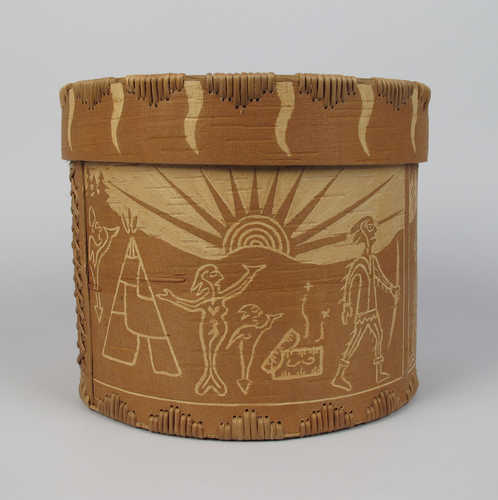Keywords: harbor
Item 105520
Contributed by: Osher Map Library and Smith Center for Cartographic Education Date: circa 1907 Location: Bar Harbor Media: Lithograph
Item 16686
Winter Harbor High School, ca. 1915
Contributed by: Winter Harbor Historical Society Date: circa 1915 Location: Winter Harbor Media: Postcard
Item 87436
McLoud property, Harbor Grace, Long Island, Portland, 1924
Owner in 1924: Cornelius McLoud Use: Fish House
Item 89807
Russell property, Harbor Grace, Long Island, Portland, 1924
Owner in 1924: Jane A. Russell Use: Shed
Item 151893
Kennebec Place, Bar Harbor, 1912
Contributed by: Maine Historical Society Date: 1912 Location: Bar Harbor Client: Town of Bar Harbor Architect: E. W. Hill
Item 150075
Boothbay Harbor Marina, Boothbay Harbor, 1950
Contributed by: Maine Historical Society Date: 1950 Location: Boothbay Harbor Client: Boothbay Harbor Architect: Eaton W. Tarbell
Exhibit
Early Fish Canneries in Brooklin
By the 1900s, numerous fish canneries began operating in Center Harbor, located within the Brooklin community. For over thirty years, these plants were an important factor in the community.
Exhibit
For one hundred years, Acadia National Park has captured the American imagination and stood as the most recognizable symbol of Maine’s important natural history and identity. This exhibit highlights Maine Memory content relating to Acadia and Mount Desert Island.
Site Page
Mount Desert Island: Shaped by Nature - Arriving in Bar Harbor
"Arriving in Bar Harbor Bar Harbor steamboat landing, ca. 1885Maine Historic Preservation Commission Arriving at the Bar Harbor wharf…"
Site Page
View collections, facts, and contact information for this Contributing Partner.
Story
Memories of working at the Criterion Theatre
by Vernon L. Cox
Working as a teenager with projectionest Roy Blake at the Criterion Theater
Story
How Far is Deep Enough?
by Molly M.
Wading into Casco Bay after a hot and prickly afternoon on an island off Portland.
Lesson Plan
Becoming Maine: The District of Maine's Coastal Economy
Grade Level: 3-5
Content Area: Social Studies
This lesson plan will introduce students to the maritime economy of Maine prior to statehood and to the Coasting Law that impacted the separation debate. Students will examine primary documents, take part in an activity that will put the Coasting Law in the context of late 18th century – early 19th century New England, and learn about how the Embargo Act of 1807 affected Maine in the decades leading to statehood.
Lesson Plan
Maine Monochromatic Oceanscape
Grade Level: 6-8
Content Area: Visual & Performing Arts
This lesson plan will give students an overview of the creatures that live in the Gulf of Maine, real and imagined. Students will be able to describe the creatures they learn about, first learning simple art skills, and then combining these simple skills to make an Oceanscape picture that is complex.






















